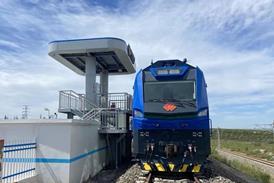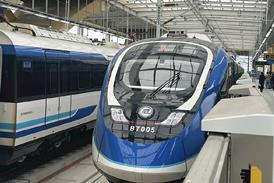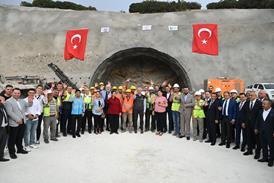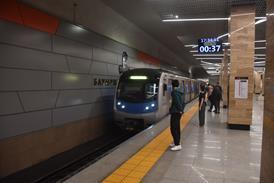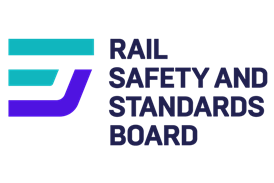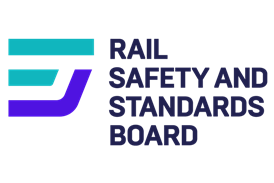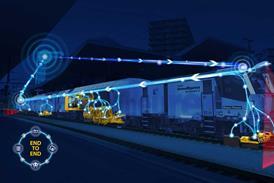NEOVAL is the name of France’s future mini-metro. Nominated on April 27 as one of six headline research projects to be funded by the Agence de l’Innovation Industrielle, NeoVal will be the successor to the rubber-tyred VAL system first developed in Lille in the late 1970s and early 1980s.
AII was set up last August to fund and support private-sector industrial research, and its decision to fund NeoVal and five unrelated projects that include biotechnology and energy-efficient buildings reflects a perception that French technology needs to keep pace with developments elsewhere.
AII has allocated a grant of €9·8m and a loan worth €22·8m towards the €62m cost of developing NeoVal, although this is subject to final approval by the European Commission. The project was put forward by Siemens France, formerly Matra, which was responsible for the original VAL metro. Like its predecessor, NeoVal will be driverless and rubber-tyred. The target market will be small and medium-sized towns, but Siemens also envisages that NeoVal will fit the profile of an airport peoplemover.
Siemens says that NeoVal will use many components developed for the automotive industry. The NeoVal vehicle will have a chassis developed from a road vehicle on to which modular bodies will be mounted (below); this, says Siemens, will afford the design considerable flexibility in the production process.
Siemens is partnered with Lohr Industrie, a company that developed the Translohr guided bus technology for the French city of Clermont-Ferrand. Siemens is in charge of system design, marketing and sales, with Lohr taking responsibility for the vehicles.
A central rail provides vehicle guidance, and braking equipment will be developed from that used on road vehicles. Control equipment is likely to use moving block or a similar technique to allow frequent services with short headways. Siemens says that the vehicles will have an energy storage system with onboard batteries to allow the vehicles to operate on sections of line without a wayside power supply. Onboard information systems will include video, telephone and internet.
Demonstration of the system concept is foreseen within 18 months, and this will be followed by development of a component testbed by the end of 2008. Tests with the battery energy storage system are planned simultaneously.
Development work will take place at the Siemens plants in Lille and Châtillon, and the first commercial scheme should be operational in 2010-11.

